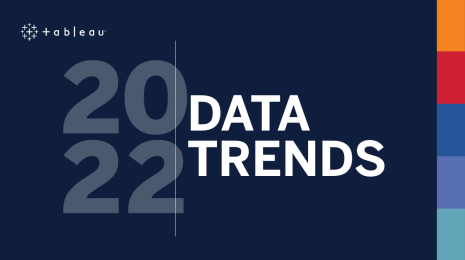What's big in big data: 10 trends for 2017
It’s hard to believe a decade has passed since the creation of the Hadoop subproject. Since that time, we’ve seen big data rise and grow to include hundreds of additional data and analytics projects that then poured even more fuel on the proverbial big-data fire.
But alas, in 2016, big data went mainstream, with Gartner formally dropping it off of its annual Hype Cycle for Business Intelligence and Analytics report. In Gartner’s view, big data is now just data.
And yet, the term “big data” and the topic of distributed, NoSQL computing platforms that facilitate new types of data explorations are still highly popular with our customers. We continue to see a rapid rise in the adoption of Tableau being used with databases and platforms typically associated with the term.
As we reflect on the trends we anticipate for the BI and analytics market in 2017, we expect big data to continue rapidly evolving and expanding. Customers will make technologies in this space core to their business-critical data platforms. And they’ll use these technologies in conjunction with Tableau to find even more ideas and inspiration within their data.
Of our 10 big data trends, here are two that stand out to me:
Big data no longer just Hadoop
In 2017, customers will demand analytics on all data. Answers to their questions are buried in a host of sources ranging from systems of record to cloud warehouses, to structured and unstructured data from both Hadoop and non-Hadoop sources. Platforms that are data- and source-agnostic will thrive while those that are purpose-built for Hadoop and fail to deploy across use cases will fall by the wayside.
Organizations leverage data lakes from the get-go to drive value
Up until now, hydrating the lake has been an end in itself. In 2017, that will change as the business justification for Hadoop tightens. Organizations will demand repeatable and agile use of the lake for quicker answers. They’ll carefully consider business outcomes before investing in personnel, data, and infrastructure. This will foster a stronger partnership between the business and IT. And self-service platforms will gain deeper recognition as the tool for harnessing big-data assets.
Those are just two of our predictions for 2017. Check out the full set in the slideshare below.
Explore additional trends
10 cloud trends shaping 2017
10 business intelligence trends we expect to see in 2017
Autres sujets pertinents
Abonnez-vous à notre blog
Recevez toute l'actualité de Tableau.









